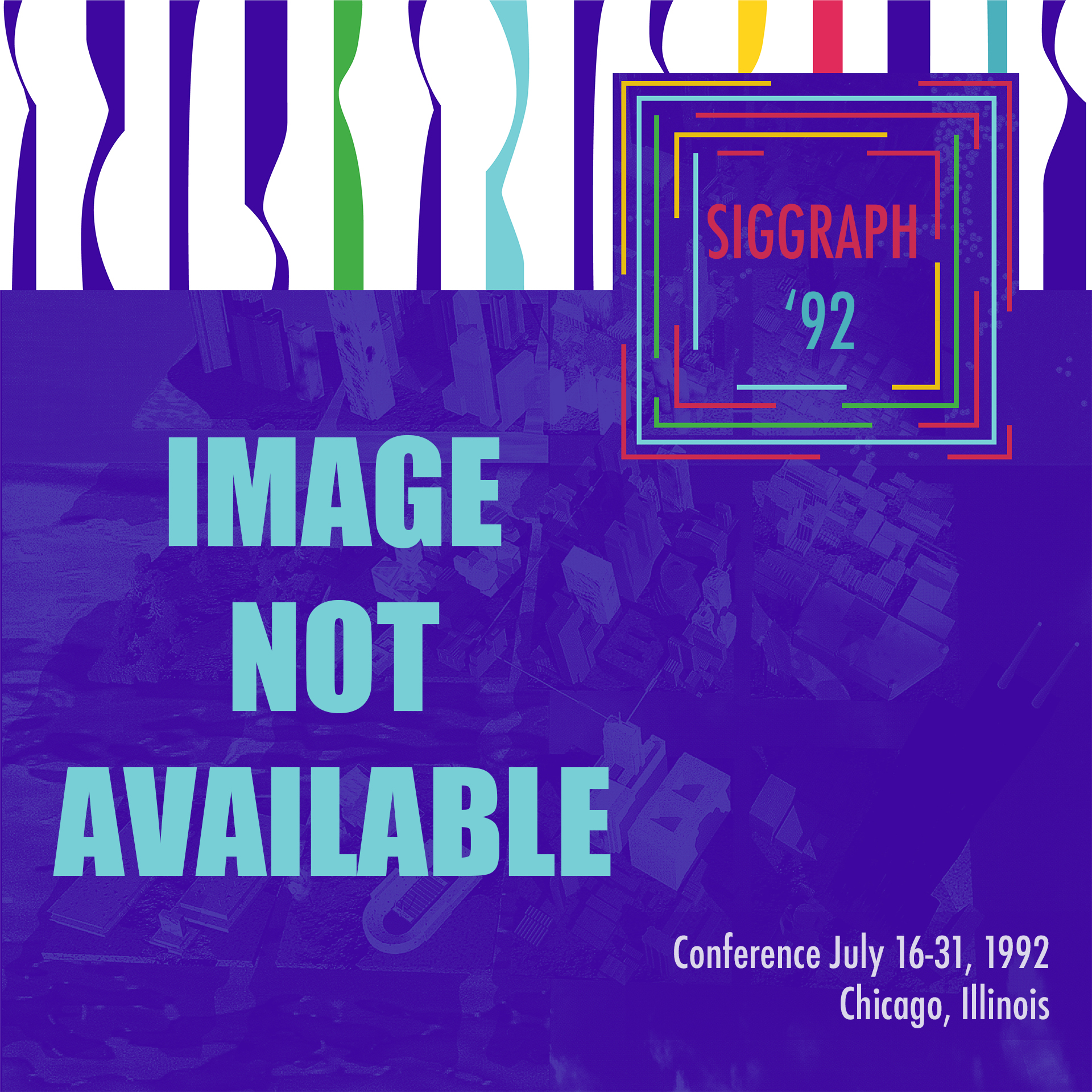“Mapping Cognitive Function with Subdural Electrodes and Registration of Cerebral Evoked Potentials on 3D MRI” by Towle
Conference:
- SIGGRAPH 1992
-
More from SIGGRAPH 1992:


Type(s):
Title:
- Mapping Cognitive Function with Subdural Electrodes and Registration of Cerebral Evoked Potentials on 3D MRI
Program Title:
- Showcase
Presenter(s):
Collaborator(s):
Project Affiliation:
- The University of Chicago and University of Illinois at Chicago
Description:
This process first mops the cortical areas associated with such cognitive processes as language, attention, and memory onto 3D images of the brain surface created from MRIs. It then determines whether measurements from passive recordings of the electrocorticogram during cognitive tasks con be used as objective measures to localize cognitive functions onto the cortical surface. Anatomically precise maps of cortical function allow a more quantitative evaluation of individual differences due to the influence of handedness, gender, and plasticity on cortical organization.
The experimental design also provides an opportunity to examine the patterns of electrophysiologic covariance between cortical electrodes, to test hypotheses that suggest that cognitive functions are organized as parallel processes distributed throughout the brain. It is hoped that these maps have the practical effect of improving surgical outcome while also increasing our understanding about how cognitive processes are organized within the human brain.
During neurosurgical procedures involving frontal or parietal cortex it is imperative to identify the critical motor, sensory, and speech areas so that they may be spared. Neurosurgeons often find it necessary to map these areas during surgery, because there is great variability in the cortical functional organization between people. Having this information available before surgery would allow the surgeon to confidently plan the best approach for cortical resections.




